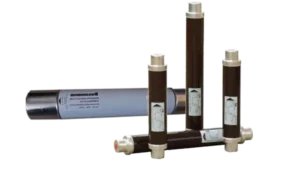
What are High Voltage Fuses and what are their types?
High voltage fuse is a fuse with an AC voltage greater than 1000V. It is an essential safety mechanism in high voltage systems to prevent

High voltage fuse is a fuse with an AC voltage greater than 1000V. It is an essential safety mechanism in high voltage systems to prevent
Maintenance of the fuse has a significant impact on its life and performance. Correct maintenance can extend the service life of the fuse and ensure its normal operation.
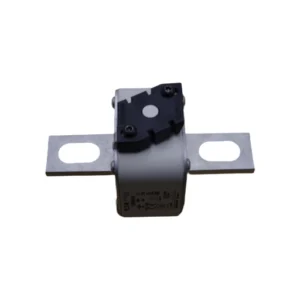
The design life of a fuse is determined according to the reliability of its materials and the conditions of the environment in which it is used, generally between a few years and a few decades. The design life of a fuse does not represent its actual service life, which is affected by a variety of factors, including the operating environment, load conditions, maintenance, etc.

A fuse is a common electrical device that is used to protect circuits from damage caused by faults such as overcurrents and short circuits. However, in the process of using fuses, we often encounter some failures, such as the fuse can not be disconnected, frequent disconnection or overload occurs. In this article, we will introduce the common failures of fuses and solutions in detail.
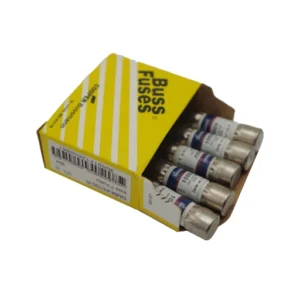
Fuses and circuit breakers are common protection equipment in the power system, their role is to cut off the current in the circuit when anomalies occur in order to protect the safe operation of power equipment and systems.
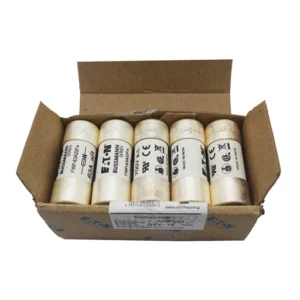
Resettable fuse, is a kind of overcurrent electronic protection components, the use of polymer organic polymers under high pressure, high temperature, vulcanisation reaction conditions, doped with conductive particles of material, after a special process and become. Traditional fuse overcurrent protection, can only protect once, burned out need to be replaced, while the self-recovery fuse with overcurrent and overheating protection, automatic recovery of dual-function.

Fuse is an electrical component that ensures the safe operation of an electrical circuit. Nowadays, with the development of technology, there are more and more kinds of fuses, and their shapes and sizes are very different from those of traditional fuses. A small fuse can act as a “safety guard” in a circuit. We can’t help but wonder what its components are, and what kind of material makes a small fuse play such a big role in the circuit?
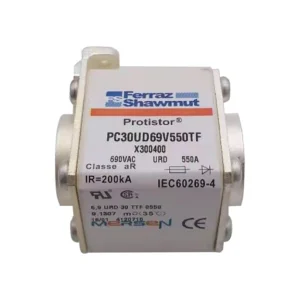
Fast acting fuse is a type of fuse that is mainly used for short circuit protection of semiconductor rectifier elements or rectifier devices. Due to the low overload capacity of semiconductor components, can only withstand a large overload current in a very short period of time, so the short-circuit protection is required to have the ability to fuse quickly. Fast acting fuse and packed closed fuse structure is basically the same, but the melt material and shape is different. The melt of the fast acting fuse is silver, with a V-shaped deep groove of the variable cross-section.
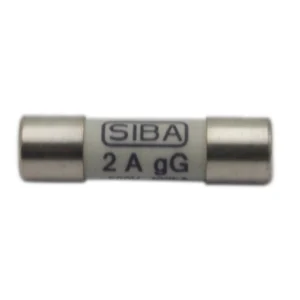
When we choose a fuse, we often see two different current parameters – rated current and blowing current, what is the difference between them?
By choosing FASTECH, you’re not just buying a fuse; you’re investing in a product backed by certifications that stand for quality, safety, environmental responsibility, and human care.
Fastech fuse
Typically replies within minutes
Any questions related to Fastech fuse?
🟢 Online | Privacy policy